#dolores chanal
Text
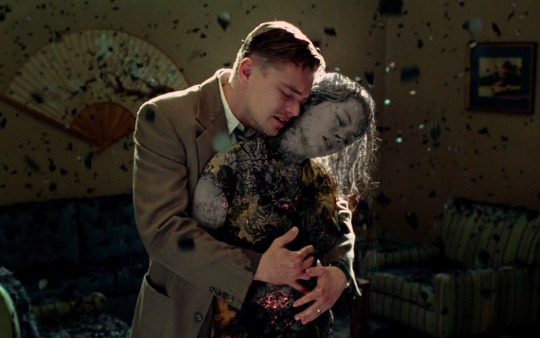
Shutter Island (2010)
38 notes
·
View notes
Photo

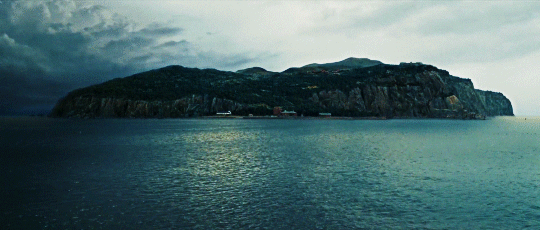


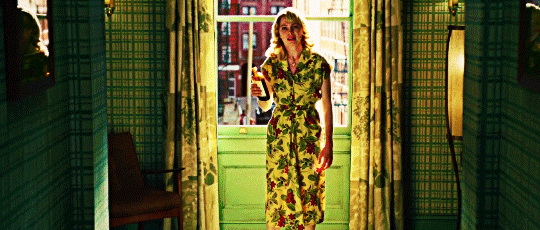
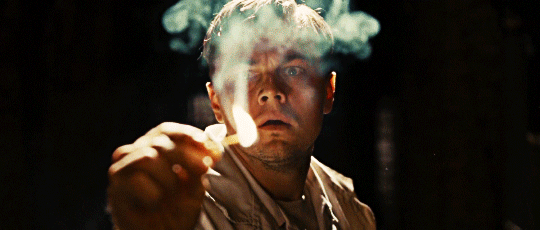


“You know, this place makes me wonder...would it be worse, to live as a monster or to die as a good man?”
SHUTTER ISLAND (2010) dir. Martin Scorsese
#shutter island#martin scorsese#teddy daniels#leonardo dicaprio#chuck aule#mark ruffalo#dolores chanal#michelle williams#gifs#gif set#movies#film#movie gifs#film gifs#movie edit#film edit
118 notes
·
View notes
Text
Character Arc: Isha
Category:- Research and Planning
While writing the screenplay, Sakshi (Director), and I (Cinematographer) researched certain characters to create a character sketch for Isha. We both had our own personal views and inspiration to create the character sketch, and this is my take:
For Isha’s character, I took inspiration from TV and film characters that had an element of dark femininity. I mainly tried incorporating the personality traits of Anna Delvey from Inventing Anna, and The Bishop from The Red Notice. I wanted Isha to have a confident and fierce personality like The Bishop, and for her to be sly and manipulative while deceiving the other characters and the viewers with her seemingly charming persona.


I also looked at other characters from psychological thrillers that I watched for research. Kainaaz from Freddy is portrayed as an evil and again, manipulative female who essentially lead on the opposing character in the story. Similarly, in Isha’s dynamic with Vivan, she is leading him on.

Another character from a psychological thriller that Isha’s character is influenced by is Dolores Chanal from Shutter Island, who commits cold blooded murder and does not feel sorry about it, or feel like she did the wrong thing. This was an important element to add to Isha’s character as she reveals that she is a serial killer in the last scene, followed by which she kills Vivan.

0 notes
Text
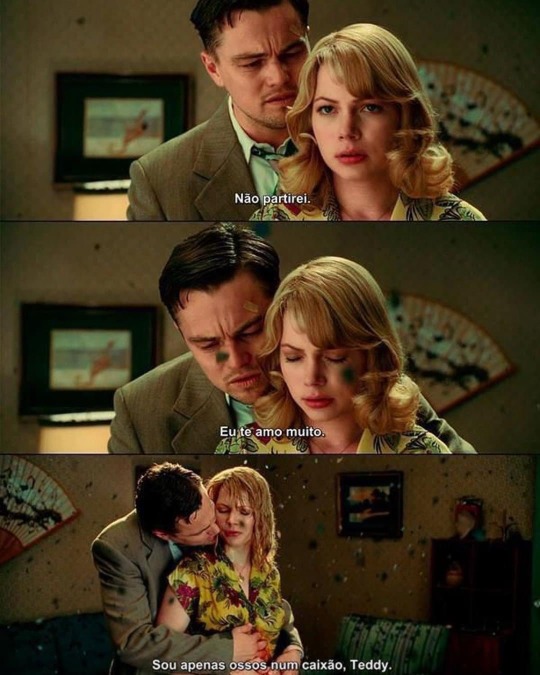
#cinema#filmes#filme#film#movies#movie#photo#photography#legenda#ilha do medo#shutter island#teddy daniels#leonardo dicaprio#dolores chanal#michelle williams
16 notes
·
View notes
Quote
In quell'istante, mentre lo guardavo affrettarsi con quelle sue piccole gambette sulla spiaggia, l'ho visto per davvero, al diavolo la distanza, pensai a Teddy e alla sua povera moglie morta, Dolores Chanal, e a quei demoni di Rachel Solando e Andrew Laeddis, alla distruzione che hanno portato nella nostra vita. Pensai che se Teddy fosse stato lì con me, il topo lo avrebbe visto anche lui. Sicuro che lo avrebbe visto.
E vi dirò di più: Teddy avrebbe applaudito.
L’isola della paura, Dennis Lehane
2 notes
·
View notes
Text
A Psychoanalytical Approach to “Shutter Island”

Shutter Island is a 2010 psychological thriller directed by Martin Scorsese, based on Dennis Lehane’s novel by the same name. Set in 1954 in Boston, the movie opens with U.S. Marshal Edward “Teddy” Daniels and his new partner Chuck Aule arriving by ship on Shutter Island. They are there to investigate the disappearance of a patient from Ashecliffe Hospital, an asylum for the criminally insane. The patient is a woman named Rachel Solando who was incarcerated for drowning her children. During the investigation, Teddy notices suspicious and conflicting behavior from the staff and other patients. He also experiences frequent migraines and vivid nightmares of his wife Dolores Chanal who was killed in a fire set by an arsonist named Andrew Laeddis. Teddy later confesses to Chuck that his ulterior motive for taking the case was to locate Laeddis whom he believes is somewhere on the island. Teddy becomes increasingly paranoid, eventually breaking into a lighthouse where he believes patients are being lobotomized. Inside however, he discovers the truth that he is in fact Andrew Laeddis, the hospital’s most dangerous patient who was incarcerated for murdering his wife after she drowned their children.
Shutter Island is a movie that toys with the psychological state of both its viewers and its main character. As the final plot twist is revealed, all of the puzzle pieces that were subtly shown throughout the movie finally fall into place. We find out that the all of the events during the movie were an elaborate simulation designed to bring Teddy back to reality. At the beginning, he readily assumes his role as a marshal given his previous background as one. We can see that he is already in a questionable mental state, as his seasickness could also be the result of administered medication. The patient that he is investigating, Rachel Solando, turns out to be an anagram of his wife’s name, Dolores Chanal. Rachel had supposedly drowned her children and then pretended that they had never died, which is exactly what Dolores had done. However, Teddy retains no memory of these events, and views Rachel’s actions with fear and disgust. This mirrors his own initial reaction to his wife’s crime, which led to his subsequent murder of her. He has continuous migraines which are revealed to be from medication withdrawal, as well as hallucinations. He dreams of his wife dying in a fire set by Andrew Laeddis, when in reality it is he who murdered her. Unable to come to terms with his own actions, Teddy created another personality who is innocent and blames Laeddis as the culprit who he believes to be a separate person. He believes that he is going to hunt down Laeddis to make him pay for his crimes. This is a projection of his own remorse for his actions, and shows that he subconsciously desires punishment for his deeds. Teddy also experiences visions of his involvement in the Dachau liberation reprisals, and all of the corpses of the people he was unable to rescue. He also keeps seeing a bloody little girl who questions Teddy as to why he did not save her and he responds that he did not get there in time. These images stem from his repressed guilt for not being able to save his children and not getting psychiatric help for his wife to prevent her eventual breakdown.
The side effects of his medication, or lack thereof, could also be what are causing his heightened state of paranoia. He views everyone’s actions with suspicion, and Dr. Naehring comments on his remarkable defense mechanisms. The two have a verbal battle, and Teddy takes offense when Naehring calls him a man of violence. Naehring quickly corrects himself by saying he does not mean that he is a violent man, but rather one who has witnessed violence and does not shy away from it when necessary. Naehring is subtly hinting at Teddy’s gruesome past, however he still does not realize it and quickly brushes it off. Eventually Teddy’s mental state deteriorates to the point that he begins to hallucinate events that do not actually happen, such as Chuck falling off a cliff and a woman in a cave who claims to be the real Rachel Solando. Teddy starts a conversation with the woman in the cave who is a figment of his imagination, and she tells him that he is caught up in a conspiracy theory. The hospital’s attempts at instilling paranoia in him through dubious orchestrated events have proved effective enough for Teddy to begin doubting himself. The climax of the movie arrives when Teddy breaks into the lighthouse where he believes patients are being lobotomized. Inside, Dr. Cawley attempts to break the truth to Teddy who vehemently denies it. Teddy, or Laeddis, is said to be labeled as the hospital’s most dangerous patient. This is most likely due to his extensive training and background as a U.S. Marshal which allows him to quickly and effectively incapacitate others during his violent outbursts. Teddy eventually admits the existence of his crime, and the fact that he had created an imaginary world in his mind in order to run away from his guilt. The doctors seem satisfied, hoping that this time Teddy will manage to stay sane.
The following day however, Teddy is seen conversing with Chuck (who turns out to be a doctor) and acting as if he is still investigating the case. Chuck signals to the other doctors to take Teddy to be lobotomized, having concluded that once again the treatment was not effective. However, before he is taken away, Teddy asks Chuck the pivotal question of the movie: “Is it better to live as a monster or to die a good man?” This indicates Teddy is actually still sane, but cannot cope with his actions in the end. Therefore, he is indirectly committing suicide because he cannot continue living with the knowledge of what he has done.
Overall, Shutter Island is a movie that challenges the concept of what sanity truly means. Who is to judge whether a person is insane or not, if they truly believe that they are the sane one? The movie presents a contrast between traditional and progressive psychological treatment methods. Although the hospital treats its patients rather inhumanely and uses archaic methods like lobotomization, we also see a more innovative and compassionate treatment through the form of an elaborate personalized roleplay. Each generation always believes that their methods are the best and most suitable, however there are always advances to be made.
2 notes
·
View notes
Note
WHAT IS SHUTTER ISLAND ABOUT
i have no idea if this is an actual connection or just a nice coincidence but its literally a movie about how this guy who think’s he’s a cop comes to this hospital for the criminally insane on this island to investigate something and a lot of fuckery happens but (SEVEN YEAR SHUTTER ISLAND SPOILER) at the end it turns out he’s actually a patient and basically everything you’ve been told in the movie was fake dklfgsd
below is a legit summary of the ending from wikipedia
When Teddy (the guy) returns to the hospital, he can’t find Chuck (who he thought was his partner) and is told he had no partner. He escapes and tries to rescue Chuck at the lighthouse where he believes the experiments take place. He reaches the top of the lighthouse and finds only hospital administrator Dr. Cawley seated at a desk. Cawley tells Teddy that he himself is in fact Andrew Laeddis (an anagram of Edward Daniels) and that he has been a patient at Shutter Island for two years for murdering his wife, Dolores Chanal (an anagram of Rachel Solando), after she murdered their three children.
Andrew/Teddy refuses to believe this and takes extreme measures to disprove it, grabbing what he thinks is his gun and tries to shoot Dr. Cawley; but the weapon is a toy water pistol. Chuck then enters, revealing that he is actually Andrew’s psychiatrist, Dr. Lester Sheehan. He is told that Dr. Cawley and Chuck/Sheehan have devised this treatment to allow him to live out his elaborate fantasy, in order to confront the truth, or else undergo a radical lobotomy treatment. Teddy/Andrew finally realizes that he killed his wife and his service as a US Marshal was a long time ago.
The ending of the novel is unclear as to which “reality” is true: the recovery or the investigation. It is also unclear whether Teddy has truly regressed, or if he wishes to “die” (at the very least, lose his ability for conscious thought, through lobotomy) in order to avoid living with the knowledge that his wife murdered their children and he is her murderer.
6 notes
·
View notes
Photo

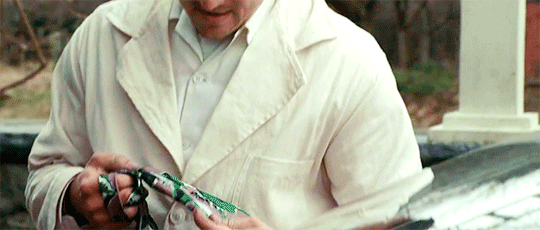
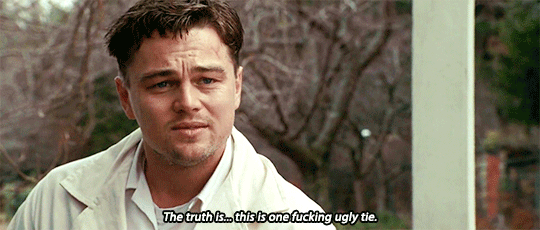
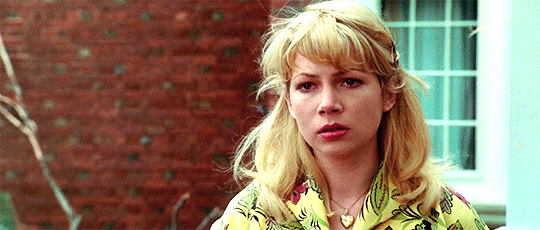
#shutter island#leonardo dicaprio#michelle williams#edward daniels#dolores chanal#lol#my edits#my gifs
13 notes
·
View notes
Photo

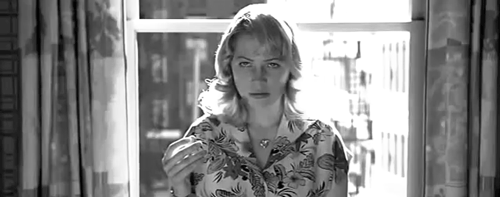
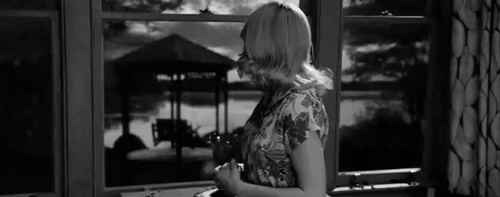

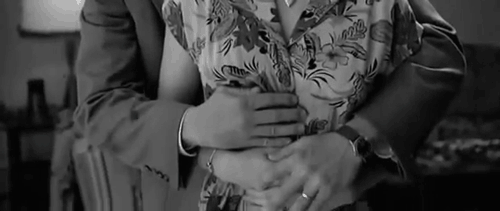

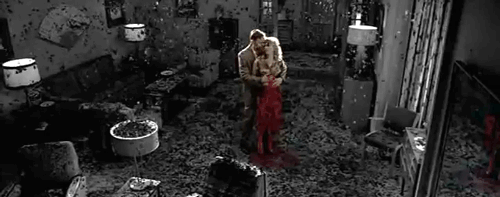
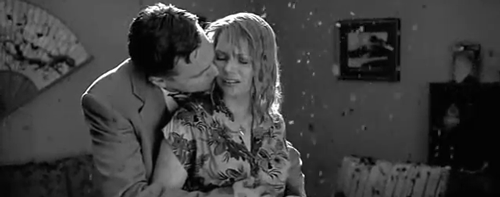


"No! No! Please, please, I need to hold on to you. Just a little bit longer..."
#Shutter Island#Teddy Daniels#Dolores Chanal#Leonardo DiCaprio#Michelle Williams#Black & White#Sad#Horror#Insane#Illusion
85 notes
·
View notes
Photo
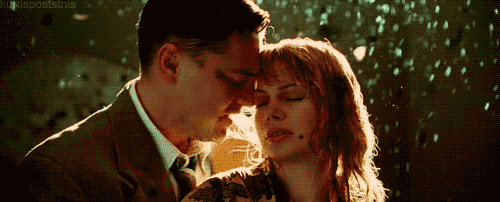
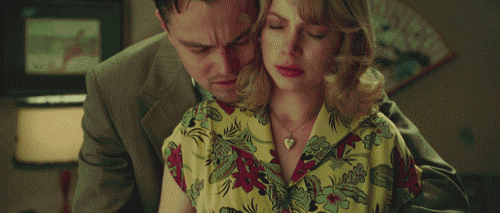

best part of this movie <3 <3 <3
#leonardo di caprio#shutter island#Edward Teddy Daniels#michelle williams#dolores chanal#best part#love this movie#sad#romantic
46 notes
·
View notes
Note
Hi, I don't know if you do gif requests at all (if not ignore me) but if you do I was wondering if you could please make a gifset of Dolores Chanal from Shutter Island? There's such a lack of her on tumblr :(
Yes of course :)
3 notes
·
View notes
Photo
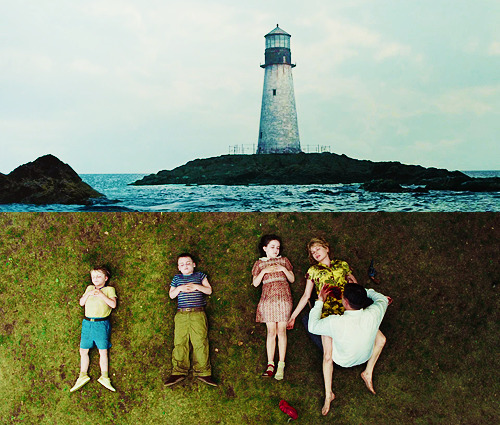
39 notes
·
View notes
Photo

Drawing by me.
Set me free...
Facebook page.
#leonardo dicaprio#Teddy Daniels#Andrew Laeddis#michelle williams#Dolores Chanal#shutter island#Martin Scorsese
5 notes
·
View notes
Text
#Shutter Island#gifs#Teddy Daniels#Dolores Chanal#love#heartbreak#movie#horror#suspense#psychological#thriller
2 notes
·
View notes
Photo

'Set me free.' -Dolores Chanal
51 notes
·
View notes
Video
youtube
"Are you real?"
"No. She's still here."
"Who, Rachel?"
"She never left."
7 notes
·
View notes